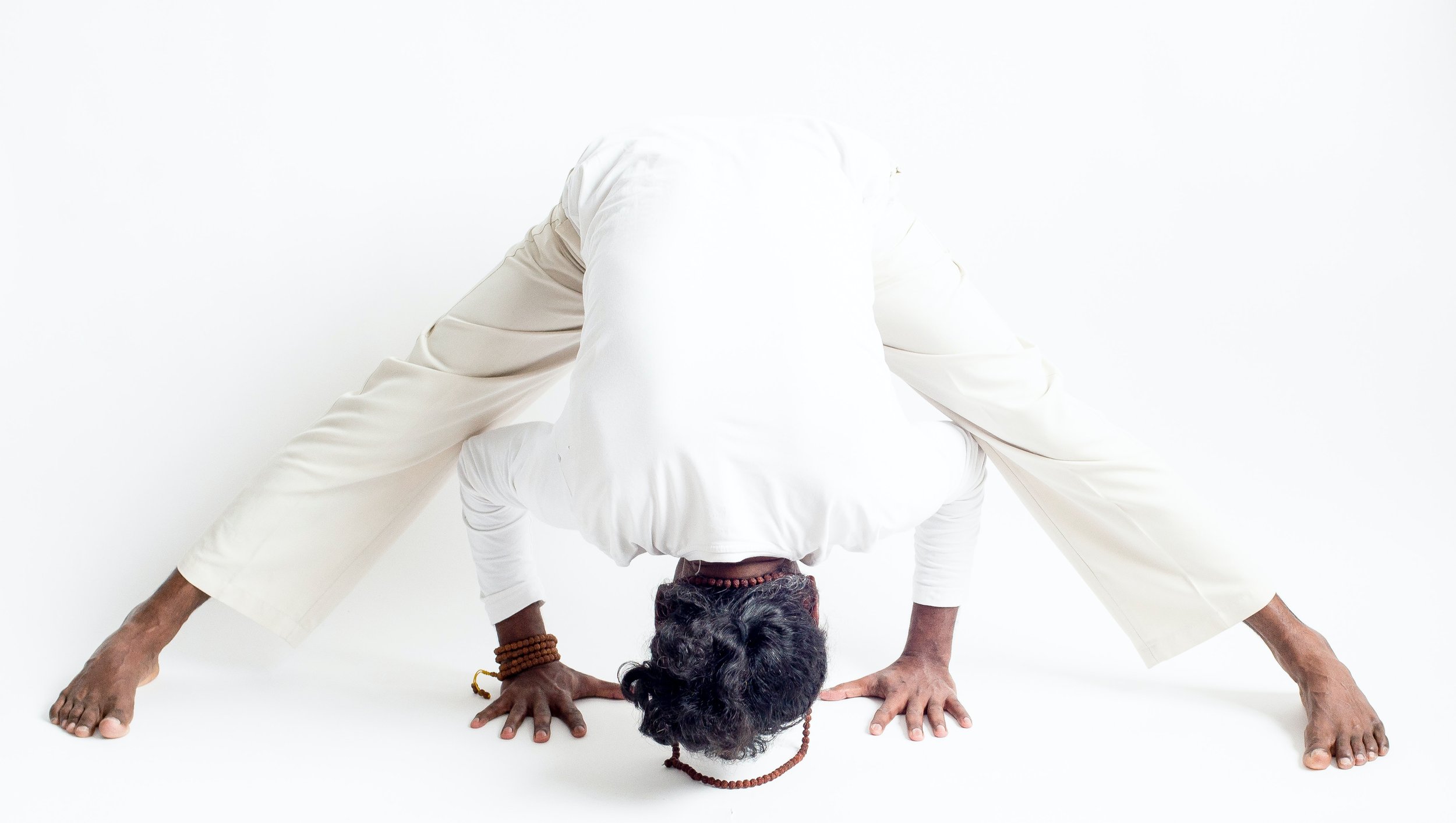Yoga is a practice that has been shown to have a wide range of benefits for physical and mental health. For women, yoga can provide specific benefits related to the unique challenges and changes that we experience throughout our lives. Whether you are a young woman dealing with the stresses of daily life, a pregnant woman preparing for childbirth, a mom chasing children, or a woman in menopause, yoga can provide support and nourishment for your body and mind.
One of the key benefits of yoga for women is improved physical health. Yoga can help to improve flexibility, strength, and balance, which can help to prevent injuries and chronic conditions such as back pain and arthritis. Yoga can also help to improve cardiovascular health and increase lung capacity, which can support overall health and well-being. No matter your age, yoga is a great practice to start!
In addition to physical benefits, yoga can also provide emotional and psychological benefits for women. Yoga can help to reduce stress and anxiety and can improve mood and overall well-being. The breathing and relaxation techniques that are used in yoga can be particularly helpful for women who are dealing with the challenges of daily life or the hormonal changes of pregnancy and menopause.
Another benefit of yoga for women is improved body awareness and body image. Yoga can help women develop a more positive and accepting relationship with their bodies and it can provide a sense of connection and self-acceptance. For women who have experienced trauma or body image issues, yoga can provide a safe and supportive space to explore their physical and emotional selves.
Finally, yoga can provide social and community benefits for women. Many yoga classes and studios offer a supportive and inclusive environment for women and can provide a sense of community and connection. For women who may be isolated or lonely, especially women in the postpartum phase of life, the social aspect of a yoga practice can provide valuable support and connection.
In conclusion, yoga has many benefits for women's health, both physical and emotional. Whether you are a woman dealing with the stresses of daily life, a pregnant woman preparing for childbirth, a mom chasing children, or a woman in menopause, yoga can provide support and nourishment for your body and mind. By incorporating yoga into your daily routine, you can improve your physical health, reduce stress and anxiety, and cultivate a positive and accepting relationship with your body.




